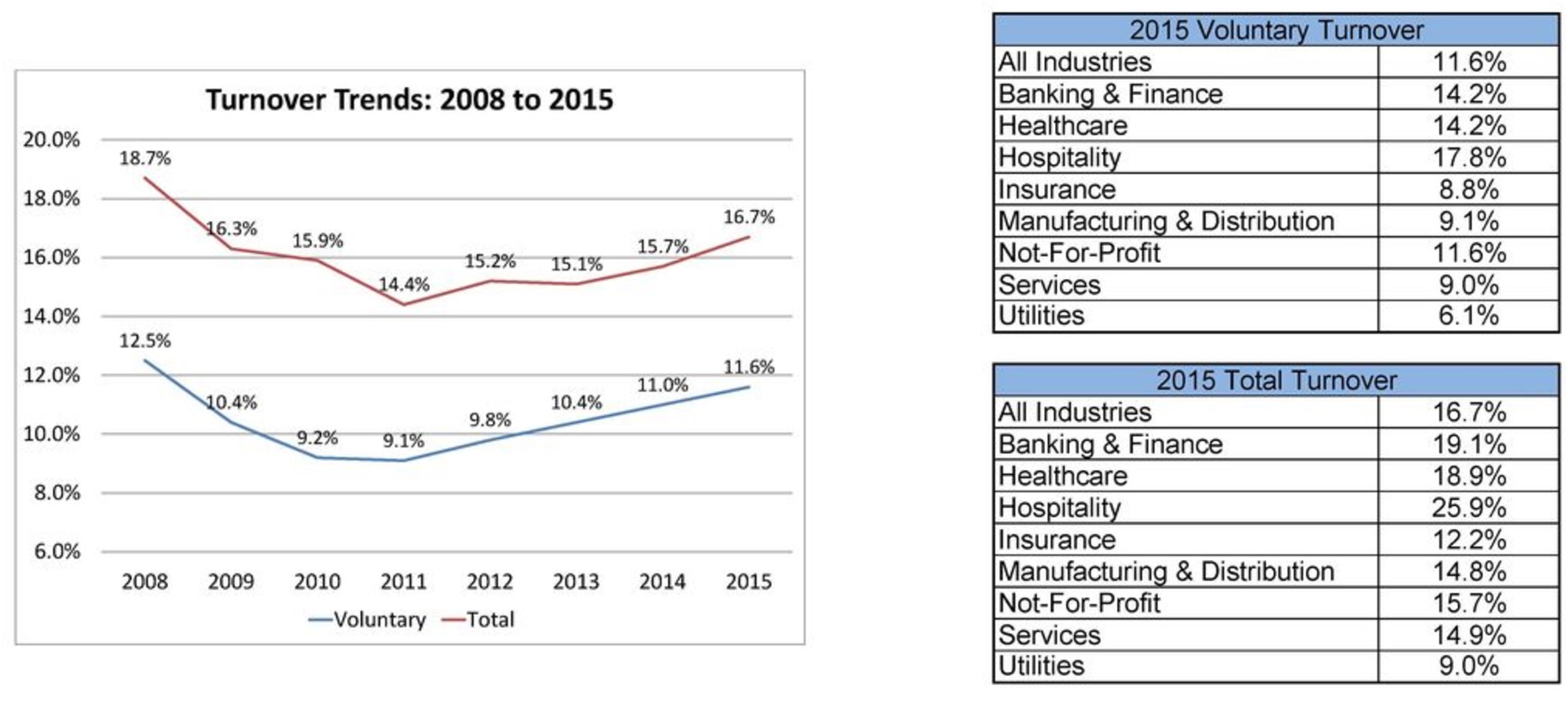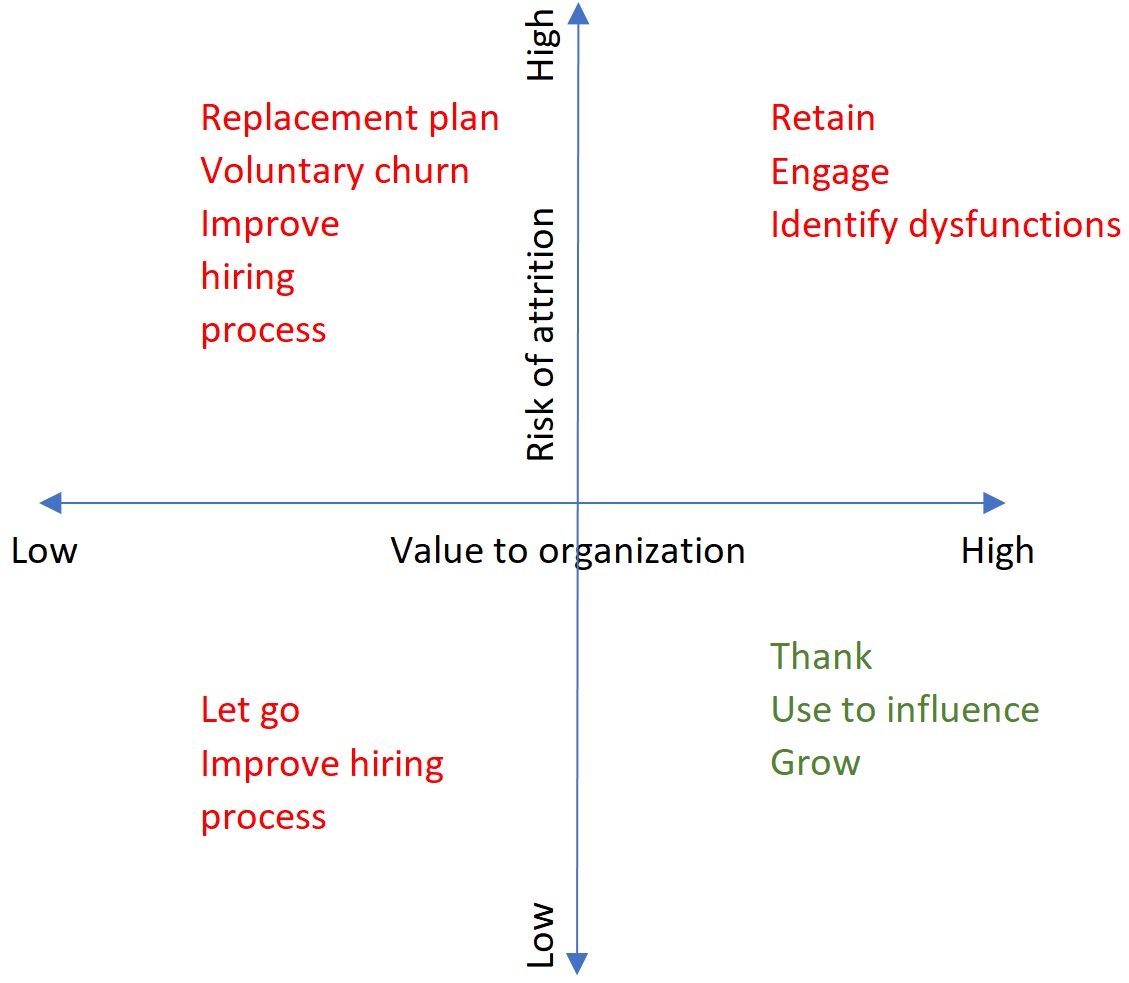You think the shopper is smart?
With the rise in consumer preferences towards natural, organic and non-GMO food, retailers are faced with the challenge of supplying fruits, vegetables, and protein with a shorter shelf life, and adjusting to these trends of a dynamic marketplace. 86% of shoppers are confident the food they buy is safe from germs and toxins, down from 91% in 2014. Retailers must become more operationally efficient or increase their stock to overcompensate for higher rates of spoilage in order to counteract shorter shelf life challenges. Planning for fresh produce is more complicated than for non-perishable goods. According to a BlueYonder study, 68% of shoppers feel disappointed with the freshness of their purchases, and 14% of shoppers seek organic certification.
By using machine learning solutions, retailers will be able to optimize the environmental conditions affecting spoilage. In addition, there are risks of being out of compliance on food, health and environmental safety regulations with very high penalty, like Walmart paid $81M in environmental compliance.
How can you keep up?
Grocery retailers generally have low profit margins, so slight improvements to efficiency are important. Our machine learning solution is aimed at helping retailers improve their management of shorter shelf life products, and ultimately their profitability through optimization of their energy cost and prediction of temperature control equipment failure.
- Energy Savings: In some cases, utilities can amount to up to 50% of profit margin for a store, and energy savings driven by machine learning translate immediately to profit margins. For example, within the perishable seafood or meat sections, overcooling is a significant cost that can automatically be optimized by sensors that measure temperature in a cooler or refrigerator.
- Effectivity and Efficiency: Better allocation of resources like people and machines is very useful for top and bottom line. E.g. out of stock inventory can lead to $24M lost sales per $1B retail sales. Automatic tracking of inventory levels can help increase productivity and also revenues.
- Predictive Maintenance: Because refrigeration equipment has to run 24 / 7, there are high breakdown rates of equipment. Sensing equipment can be applied to HVAC and Nitrogen equipment to predict failure ahead of time. Even just small freeze / thaw cycles can quickly damage product and lead to waste for retailers.
- Compliance: FSMA and EPA includes multiple guidelines for retailers and grocery stores to follow, with high penalties for out of compliance.
- Consumer behavior: Consumer preferences and potential trends can be identified and acted upon if predicted. The Amazon store could even track which products you are interested in, but had not purchased.
- Risk mitigation: We could observe financial transactions, customer behavior etc. to predict risks, fraud, shoplifting etc. automatically and proactively.
Organizations are already moving to smarter technology for help.
What if the store was also smart?
Grocery retailers could use advanced analytics through IOT and other technology to revamp the way they monitor their stores.
- Video feeds
- Point Of Sale sensors
- Mobile phones / equipment of Associates in store
- IR Motion Sensors
- HVAC and Energy monitoring using sensing of temperature, pressure, humidity, Carbon Monoxide
- Weight Mats
- Parking Space sensor
- Digital Signage
- Gesture Recognition/ accelerometers
- Door Hinge Sensor motion/ pressure
- Wifi Router and connections
- Shelf Weight
- Air Filter/humidity
- Lighting
- Electricity, Water, gas meters
- Spark (Temperature) for places this device is taken to
Example use cases:
- Predictive Device Maintenance to avoid compliance lapse (e.g. Fridge for Food Safety, Fire Safety equipment, lighting, etc.)
- Hazard detection and prevention through monitoring of toxic substance spill and disposal (air filter, shelf weight and video sensor)
- FSMA compliance across labels, food expiry, storage conditions, etc.
- Health safety with store conditions like canopy use, weather, leaks etc.
- Temperature, defrost and humidity monitoring for Ice-cream, meat, dairy, and pharmaceuticals
- Video analysis to predict long lines and avoid bad customer experience or lack of lost customers increased productivity etc. by alerting and optimizing resource allocation
- Video + Point Of Sale analysis for fraudulent transactions avoidance
A central monitoring within stores, and centrally can be created, to mimic the NASA base in Houston, is always able to support all adventurers within the store. Roger that?
_____________________________________________________________
Team – March and the Machines
Ewelina Thompson, Akkaravuth Kopsombut, Andrew Kerosky, Ashwin Avasarala, Dhruv Chadha, Keenan Johnston
_____________________________________________________________
Sources:
-
FMI U.S. Shopper Trends, 2016. Safe: A32. Fit health: A12. Sustain health: A9, A12. Community: A12, * The Hartman Group. “Transparency”, 2015.
-
http://www.cnsnews.com/news/article/wal-mart-pay-81-million-settlement-what-epa-calls-environmental-crimes
-
https://www.slideshare.net/vinhfc/out-of-stock-cost-presentation
-
https://www.fda.gov/food/guidanceregulation/fsma/
-
https://www.epa.gov/hwgenerators/hazardous-waste-management-and-retail-sector
-
Amazon store – https://www.youtube.com/watch?v=NrmMk1Myrxc
-
https://foodsafetytech.com/tag/documentation/






